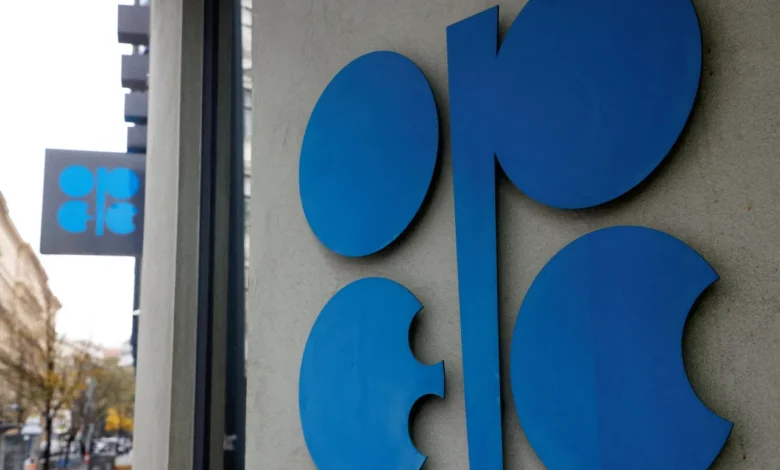Oil edges up as Opec sees relatively strong growth in 2024 oil demand

OIL prices edged slightly higher on Tuesday (Jun 11) as Opec stuck to its forecast for relatively strong growth in global oil demand in 2024 and as investors waited for the outcome of the Federal Reserve’s policy meeting to see how changing prices could hit demand.
Brent crude futures rose 49 cents, or 0.6 per cent, to US$82.11 a barrel by 12.00 pm ET (1600GMT), continuing a sharp recovery since closing at US$77.52 a week earlier. That close, the lowest since February, came amid concerns about oversupply and low demand through the rest of 2024.
US West Texas Intermediate (WTI) crude futures gained 41 cents, or 0.6 per cent, to US$78.15.
The Organization of the Petroleum Exporting Countries (Opec) maintained its 2024 forecast for relatively strong growth in global oil demand, despite lower than expected use in the first quarter, saying travel and tourism would support consumption in the second half of the year.
Opec and allies earlier this month agreed to extend most of its deep oil output cuts well into 2025.
“We’re now at least considering the idea that maybe demand will pick up in the second half, and the market may actually need some additional Opec+ supply,” said Tim Evans, an independent energy analyst.
GET BT IN YOUR INBOX DAILY

Start and end each day with the latest news stories and analyses delivered straight to your inbox.
Meanwhile, the World Bank on Tuesday said the US economy’s stronger-than-expected performance has prompted it to lift its 2024 global growth outlook slightly, but warned that overall output would remain well below pre-pandemic levels through 2026.
Mostly strong US economic data and inflation still higher than the Fed’s target have pushed financial markets to limit rate cut expectations to only two 25-basis points rate reductions this year, likely starting in September. Economists have said there was a considerable risk of only one or no rate cuts in 2024.
The release of US consumer prices data for May and the conclusion of the Fed’s two-day policy meeting are both scheduled for Wednesday.
The European Central Bank should persist in restraining economic growth given the ample inflationary pressures and wait with its next rate cut until uncertainty recedes, ECB chief economist Philip Lane said on Tuesday.
Traders were also cautious ahead of the release of macroeconomic data from China on Wednesday.
“The potential adverse macro driver for oil prices will be China’s inflation data,” said Oanda analyst Kelvin Wong.
If China’s Producer Price Index falls by 2 per cent or more year on year, Wong said, it would suggest that the deflationary risk spiral remains entrenched in China, which could result in lower demand for oil.
Deflation can stifle spending as businesses and consumers delay purchases with the expectation that prices will fall, hitting economic activity and dampening oil demand.
Saudi crude exports to China fell for a third straight month, pressuring prices further.
US crude oil stockpiles were expected to have fallen by 1.8 million barrels in the week to Jun 7, a preliminary Reuters poll showed. Data from industry group American Petroleum Institute is due later on Tuesday. REUTERS





